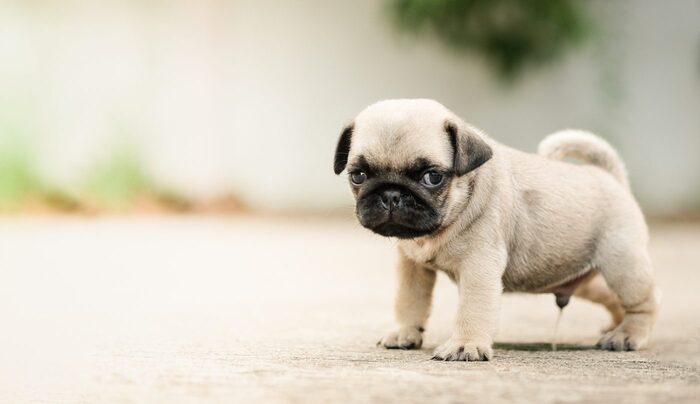

Being firm when dealing with dogs, especially if they’re quite young, can be a struggle for many pet parents. However, letting your pups do as they please with no boundaries in place can do more harm than good in the long run.
This is why, like any fur parent, you need to start potty training your pet so that you can coexist happily and maintain an acceptable level of cleanliness in your home. Teaching your dog the correct bathroom spots is a repetitive process that requires patience and commitment, but it’s a natural rite of passage that all pet owners must go through to raise well-behaved pups.
Are you in the process of teaching your pup where their designated toilet is? Here are some tips you should consider when potty training your dog:
Take Your Pup Outside Frequently
The first thing to do is to make sure that your pup knows the right potty areas. Your pet needs to understand that neither their crate nor their beds—especially any customizable dog beds you’ve invested in—are acceptable places for peeing and pooping.
So, take them outside for potty breaks every two hours to establish that the activity is something that they need to do daily. Use items like custom leashes to guide your pup to the designated bathroom spot and keep them from getting distracted.
When it’s time to go potty, find a small area and stand still for five minutes while watching your pup do their business. Avoid making unnecessary sounds and movements to keep your dog focused on peeing or defecating and to prevent them from interacting with you. Your pup will eventually get bored with exploring and will want to go potty as soon as they can!
If your pup doesn’t eliminate within five minutes, give them a break by taking them away from their designated potty spot for ten to twenty minutes before starting the process again.
Create a Routine
Dogs are smart creatures of habit that learn best when you set specific times for eating, playing, and answering the call of nature. In general, a two-month-old puppy can control their bladder for around two hours. However, it’s best to keep in mind that bladder endurance may differ for each pup.
Puppies require feeding two to three times a day, depending on how old they are. Having a set feeding schedule gives you an idea of the specific times when your pup needs to go. If they tend to pee at night, try taking away their water dish two and a half hours before their bedtime to limit their need to pee while they’re sleeping.
After your pup wakes up, you can take them outside for a walk to go potty. You can also give them a potty break during or after playtime and after they eat or drink. Consider establishing a designated word for pottying that’s easy for your pup to remember, too.
Praise and Reward Your Pup
Positive reinforcement is a key component of dog training. Your pup needs to know that potty training is a small task that warrants a reward for their obedience. This can be done by giving your dog some treats as soon as you’re sure that they’re finished doing their business. Praises such as cheering or clapping will also encourage your pup to do well in potty training.
If you’ve chosen to reward your pet with tasty treats, be sure to give them small food that's easy for them to digest. And even if you’re proud of your fur baby for a successful potty, remember that giving them treats too early will only distract them. Only give them the treats once they’ve gone potty successfully.
Observe and Supervise
Potty training requires consistency as well as intense observation. Keep an eye on your pup and monitor their potty habits, especially when they’re indoors. Take note of how they call your attention when they need to do their business. Do they bark, scratch, sniff around, or circle the area?
If you notice that your dog is squatting, pick them up and make a beeline to the designated outdoor bathroom spot! To reinforce their behavior, give your pet rewards or praise after they’ve done their business outside in the right place.
Make Potty Time Fun
Remember, you need to establish that potty time isn’t a tedious chore! If you have a backyard or if there’s an area near your home where it’s safe to take off your dog’s leash, give your pup an off-leash period after they potty. This will let them know that potty time usually leads to playing.
Potty training is a team effort between you and your pup. Just as it teaches them to go potty properly, it also teaches you the values of patience and responsibility. Be sure to keep these nifty tips in mind so you can have more fun times with your pup without the stress of cleaning up after their mess.
Previous Article